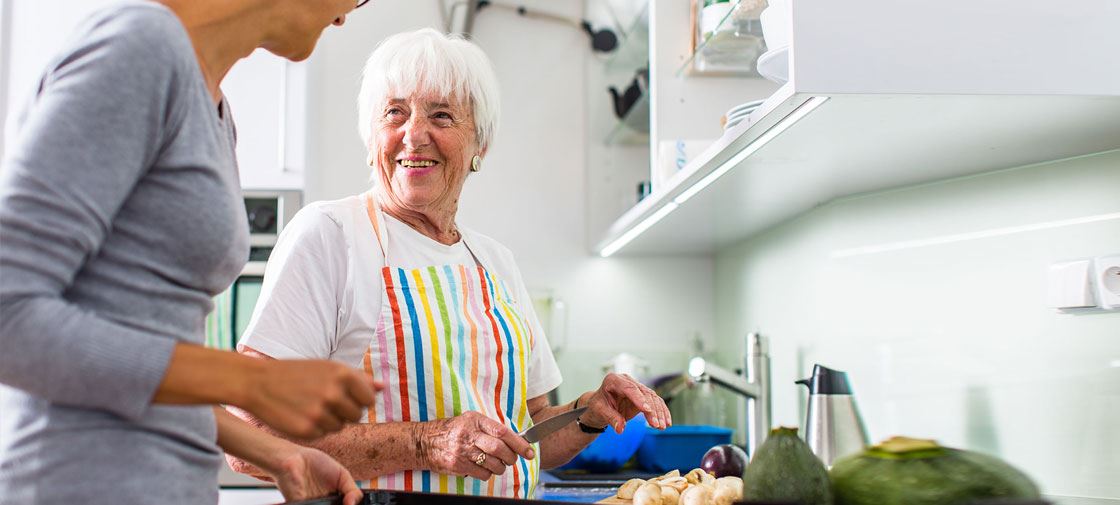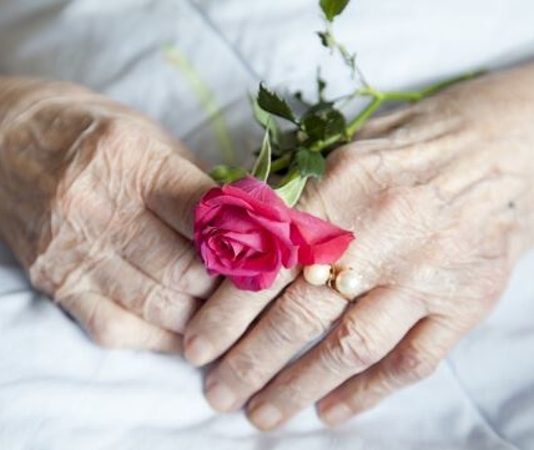A middle-aged woman enters the kitchen where an elderly woman sits at a table. The younger woman can be heard saying, “Did you take your medicine?” as she walks past. A voice over says:
“Her nurse.”
As the younger woman slowly multiplies into different versions of herself doing other chores such as carrying a full laundry basket, making tea, and taking a phone message.
“Her personal assistant.”
“Her housekeeper.”
“Her personal assistant.”
“Her cook.”
“Her accountant.”
Then we hear the younger woman say, “When I started taking care of Mom, I didn’t realize the challenge of playing so many roles.”
During November’s National Family Caregiver Awareness Month, AARP and the Advertising Council released this new ad, in an effort to reach out to the estimated 42 million family caregivers in the United States.
“Women really recognize these roles and feel validated,” said Amy Goyer, AARP’s Home & Family Expert and author of the ebook, “Juggling Life, Work and Caregiving.”
The commercials, which were released in conjunction with a series of print ads, will be shown on TV and online through 2014. In late 2012, AARP and the AdCouncil released the “Silent Scream” commercial which showed the stress that family caregivers experience but do not always express.
“The idea behind these ads is to connect caregivers with resources that will help them,” said Ms. Goyer. “So many of them are isolated and not reaching out and asking for help because they don’t identify themselves as caregivers. They tend to say, ‘I’m just a daughter who is helping a mom.’ And they don’t say, ‘I’m a caregiver.’ The negative aspect is then you don’t look for support. The ads point people to online caregiving resources.”
The challenges of caregiving are reflected in the AARP national poll, Caregiving: Life Changes and Coping Strategies with one in three caregivers reporting feelings of sadness or depression, 30 percent report less sleep since becoming a caregiver, 24 percent eat more and a third isolate themselves socially.
Among the resources available to family caregivers to alleviate their stress and related health concerns is professional home care to take on some of the caregiving roles, respite care though professional home care, meeting with a local or online support group, and finding ways to take care of themselves physically through exercise, socializing and more.
“The key thing is we can’t ignore the consequences of all these caregivers and the affect it is having on their lives,” explained Ms. Goyer.
Not only is this a wake up call to the family caregivers of today, Ms. Goyer said, but to the fact that soon there will be a shift in the demographics of people available to be family caregivers. “There will be fewer caregivers available,” she said. “Right now the caregiver ratio is about seven potential caregivers for each person over the age of 80. in 2050 it will be down to three potential caregivers for each person over the age of 80. It is going to be more and more of a burden. We need to get caregivers connected now so that as we go forward the support is more in place for them.”





